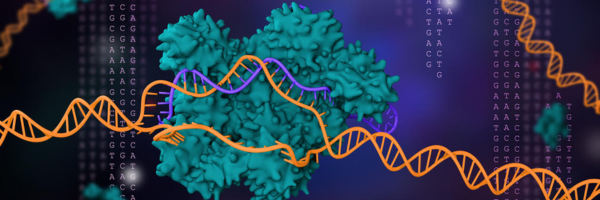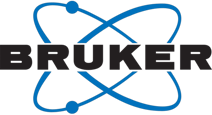
Event overview
The advancement of CRISPR-based gene editing tools into biotherapeutics offers the potential for cures to genetic disorders and for new treatment paradigms for even common diseases. Arguably, the most important component of a CRISPR-based medicine is the guide RNA that dictates the on-target editing site as well as potential undesired off-target edits.
To ensure the spacer region is of high fidelity, top-down mass spectrometry was implemented to provide direct and quantitative assessments of highly modified gRNA. In addition to sequencing the spacer region and pinpointing modifications, top-down mass spectra were utilized to quantify single-base spacer substitution impurities down to <1% and to decipher highly dissimilar spacers.
To accomplish these results in an automated fashion, we devised custom software capable of sequencing and quantifying impurities in gRNA spacers. Notably, we developed automated tools that enabled the quantification of single-base substitutions, including advanced isotopic pattern matching for C > U and U > C substitutions, and created a de novo sequencing strategy to facilitate the identification and quantification of gRNA impurities with highly dissimilar spacer regions.What you need to know:
Date: On-demand
Duration: Approximately 60 minutes
Presenter:.png?width=80&height=80&name=Luis%20A%20Macias%20PhD.%20%20(1).png) Luis A. Macias, PhD
Luis A. Macias, PhD
Mass Spectrometry Scientist, Verve Therapeutics
Luis joined Verve in 2022 as a mass spectrometry scientist focusing on support and development of gRNA characterization methods. Prior to joining Verve, Luis was a graduate student in the Brodbelt lab at the University of Texas, where he developed mass spectrometry-based methods to examine structural features of proteins and lipids.
Sponsor:

